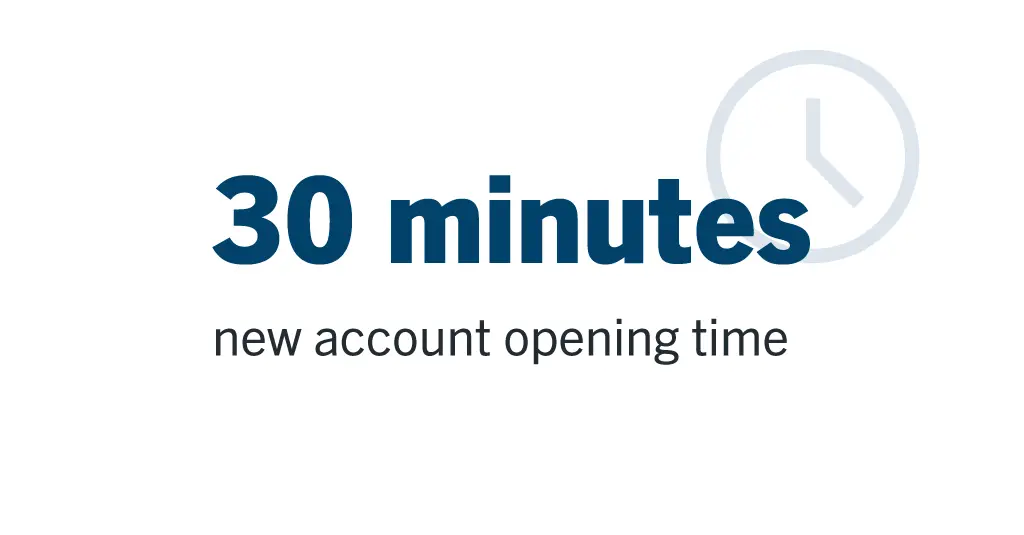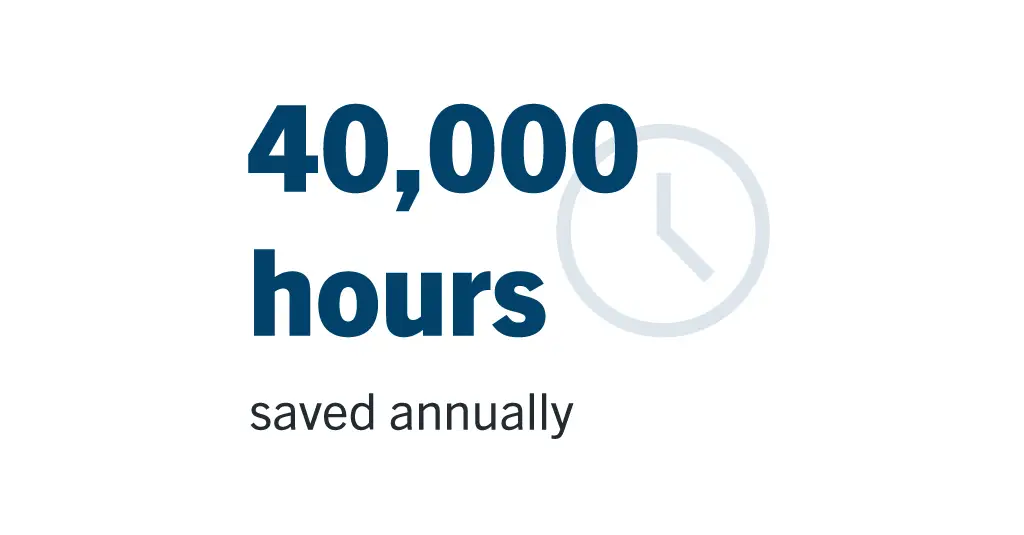The Metropolitan St. Louis Sewer District (MSD) provides comprehensive wastewater and stormwater management services to over 1.3 million people in St. Louis and surrounding areas. In recent years, the organization transformed its document management processes and file sharing, transitioning to Laserfiche Cloud. Using solutions such as Laserfiche Direct Share, MSD modernized the internal and external user experience while increasing efficiency and supporting information governance. As a result of investing in a robust digital infrastructure, MSD also adapted quickly to the challenges of the COVID-19 pandemic, equipping employees with tools to work remotely.
“The ease of adoption has been accelerated because Laserfiche is so easy to use,” said John Daly, information governance manager at MSD. “You don’t have to be a records management information governance expert to succeed with it.”
Testing the Waters for a Digital Future
Since 1954, MSD’s mission has been to protect the public’s health, safety and water environment by responsibly providing wastewater and stormwater management. While its mission hasn’t changed, MSD has identified opportunities for improving operations, empowering its employees and delivering consistent, high-quality customer service.
As local governments, agencies and special districts grow in size and services, the ability to share information and collaborate while also maintaining information governance becomes increasingly important. MSD implemented Laserfiche Cloud to enhance information sharing both internally and externally, while facilitating regulatory compliance, safeguarding electronic records and simplifying records management with Laserfiche’s records management capabilities. Along with automatic updates and easy scalability, Laserfiche Cloud has streamlined document search and retrieval, allowing staff to perform more efficiently and improve the quality of information delivered to stakeholders.
“The biggest impact of MSD’s Laserfiche Cloud initiative has been on employee productivity,” said Daly. “The ability for staff in different departments to access documents organization-wide has saved countless hours previously spent on manually requesting and sharing files.”
As part of this digital transformation initiative, staff are able to preserve critical information dating back decades — in addition to streamlining document management, this increases accessibility of important content while enabling oversight across the organization.
The operational benefits adopting a Laserfiche Cloud system were especially clear during the COVID-19 pandemic, helping staff transition to working remotely and contributing to business resiliency during the major disruption. MSD was able to continue meeting customer needs and keep staff safe at the same time. “With a high level of agility, flexibility and scalability, we couldn’t be happier with Laserfiche Cloud and its role in our organization as a core business application,” added Daly.
Interoperability is also key to MSD’s Laserfiche Cloud system, which includes custom-built integrations with Outlook and DocuSign that facilitate approval processes and improve the user experience. Designed and implemented in partnership with Accelerated Information Systems, MSD’s Laserfiche solution provider, MSD staff can drag-and-drop email directly from Outlook into the Laserfiche repository. All relevant record retention schedules are automatically applied to these uploaded emails, and attachments appear in the file’s metadata just as they would within Outlook.
“It has been extraordinary working with John Daly and the MSD team on their digital transformation,” said Zaheer Master, president at Accelerated Information Systems. “Going from a small, self-hosted Laserfiche implementation to the limitless capabilities of Laserfiche Cloud enabled MSD to better serve their constituents, even while working remotely during COVID-19. As a premier Laserfiche Cloud provider, Accelerated is excited to work with John and MSD to continue to expand their Laserfiche solution.”
“Laserfiche has really opened our eyes to new possibilities we had not even considered before,” said Daly. “We have really noticed an improvement in our overall operations since developing these integrations to automating document management processes.”
A Transparent Pipeline of Content
In addition to addressing the needs of staff members, MSD reimagined the way staff could share documents with people outside of the organization. Rather than rely on traditional methods of information sharing that lacked trackability such as email, USB drives or discs, MSD deployed Laserfiche Direct Share, which allows users to share content from their Laserfiche repository with external customers or community members in an audited and tracked manner.
“Direct Share has been one of the most useful solutions for us at MSD,” said Daly. “For the first time in the history of our organization, we are able to send documents securely and safely, which is a huge game changer.”
MSD has found Direct Share particularly useful for the legal department, which frequently sends and receives large files, and benefits from the visibility and security measures Direct Share provides. MSD attorneys can password-protect links, set the amount of time that recipients can access the document, and manage and track sharing and downloading activities
“I don’t have attorneys calling me anymore, saying, ‘How can I get these case files to someone?’” Daly said. “My phone doesn’t ring as much because now they are using Direct Share to their benefit.”
A Clear Path for Digital Transformation
Using Laserfiche Cloud, MSD continues to modernize processes enterprise-wide to reimagine how employees, vendors and citizens interact with the organization. As part of its commitment to transparency, the district created a Laserfiche-powered public portal on its new website, which gives citizens frictionless access to public documents such as those related to environmental compliance, annual reports, budgets, diversity and more.
Additionally, MSD is working to deploy a number of Laserfiche electronic forms to digitally manage activities such as travel reimbursement, company vehicle requests, badge requests, and business card requests, with more in the works. By digitizing information, forms and processes, MSD is uncovering greater efficiencies while improving the experience for employees and citizens alike.
“For me it’s all about the customer — whether internal or external,” Daly said. “Every day we have the opportunity to make someone’s day better and meeting people’s needs. Every day I’m working, I’m asking what paper-based processes we currently have that could become digital. When customers and employees find information in seconds, rather than minutes, that’s providing us with real organizational value.”









